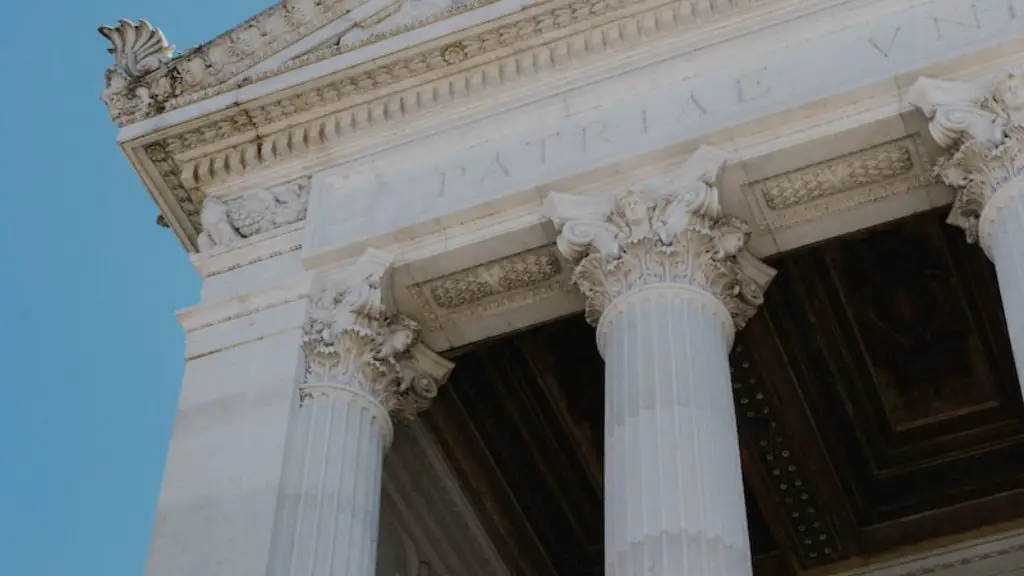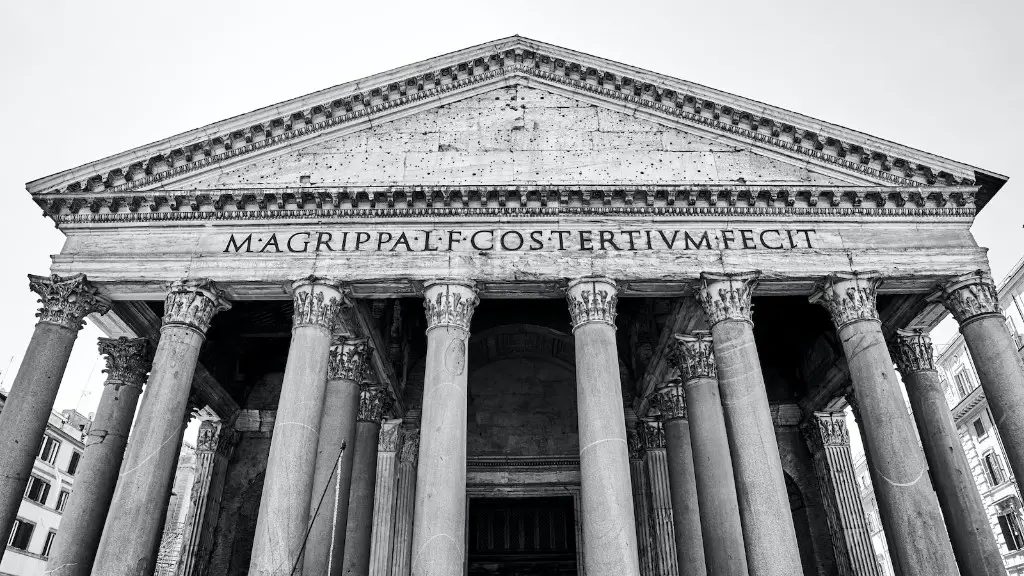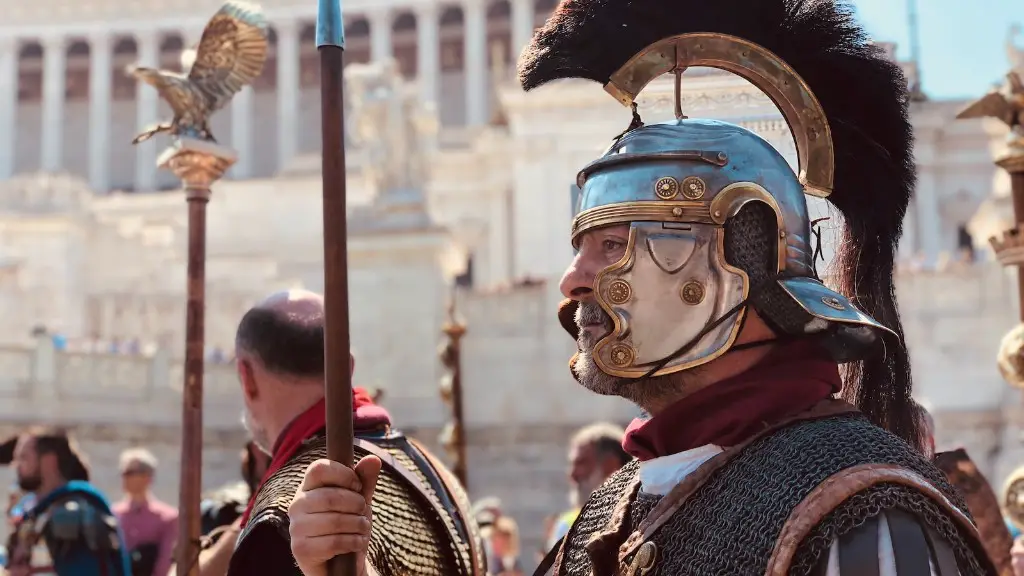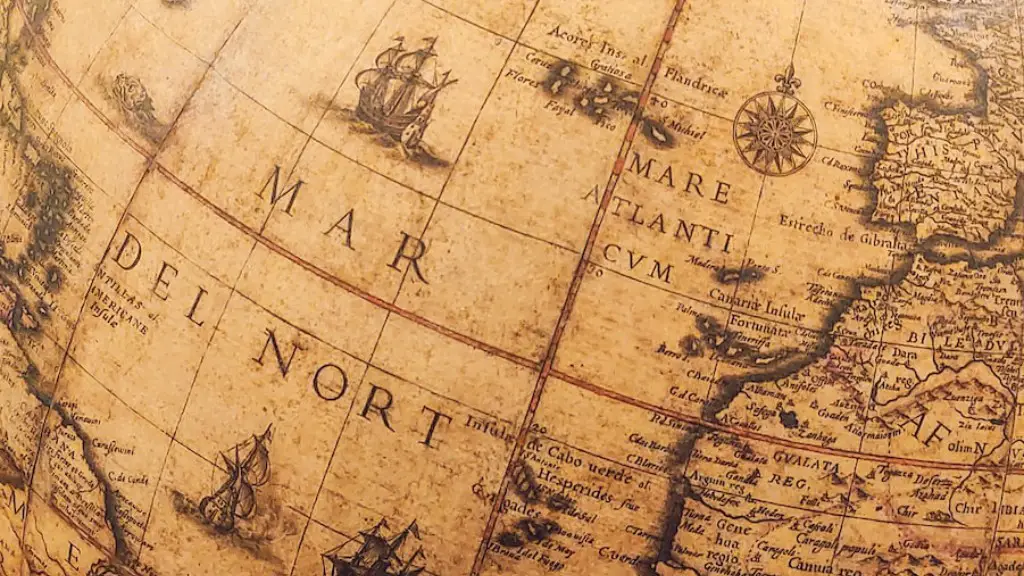Daily Routines
Life in Ancient Rome was based upon routines and rituals in many ways. Ancient Roman daily life revolved around how to acquire food, transportation, and entertainment. Knowing the daily life of a Roman citizen can give us insight into the culture, government and religion of the times.
From the time of an adolescent’s first haircut and until the time of death, Ancient Romans celebrated key life events with feasting, offerings and parades. These ceremonies marked the important transitions in life and Religion shaped much of the culture. For the everyday citizen, life primarily focused on obtaining sustenance and surviving in an often rough world.
Part of Ancient Roman daily life was the running of their businesses. In Rome, six to eight hours a day was the average amount of time a man spent at his business, though slaves tended to work much longer hours. Many people would go to the market in the morning to buy food, material and tools. In Ancient Rome, markets were established throughout the town and were used to seek employment as well. Professionals such as teachers and artisans were part of the markets, offering skills and services to those who needed it.
Women were able to hold some professions, though their primary focus was at home raising children, making meals and taking care of the house. Women would often join their husbands at the market to buy or sell items there. Women spent a great deal of their day gathering and preparing the food. They would use the grains and other foods such as fruits and vegetables that were grown in the garden, usually by their own hands.
For most Roman families, the lunch time meal, referred to as cena, would be the largest meal. A typical lunch time meal would include grains, such as bread, fish and vegetables. Wine, however, would be served sparingly and only to those who were of age. Dinner time, called prandium, would be the smallest meal. It usually consisted of leftovers from lunch. After the meal, Ancient Romans would retire for the night.
Many of the Ancient Romans had jobs such as be an actor, a beekeeper, a baker, a fisherman, a gladiator or one of many other trades. Many jobs were often passed down through the family. Slave laborers were used in large numbers to keep ancient Rome functioning and these people had a much less secure lifestyle than free citizens.
Entertainment
Entertainment was a major aspect of daily life in Ancient Rome. Roman citizens were surrounded by various forms of entertainment, including theaters, amphitheaters, circuses, music and the sports. Of all the forms of entertainment, the most popular was the gladiator fights. Citizens of all ages, genders and social classes would attend these fights, usually held in an amphitheater. They were used as a form of crowd control, and were also used to provide entertainment and distraction from the everyday struggles of life.
Other forms of entertainment included chariot racing, theater and concerts. Theater was especially popular in Ancient Rome. The Roman comedies and tragedies were often full of humor, exaggerated characters and situations.
The circus was another form of entertainment in Rome. It was often a multi-day event and often included various acts such as acrobats, animal displays and theatrical presentations. The most popular events at the circus were chariot races. These were especially popular and brought thousands of people to the circus to cheer on their favorite chariot racer.
Music was especially popular in Ancient Rome. Music served various social and political purposes, such as in funeral processions and banquets. Music was also used to entertain at religious festivals and celebrations. Musicians in Ancient Rome were held in high regard and often had a variety of instruments to choose from, including the lute, flute, harp, drums and horns.
Fashion and Beauty
The way people dressed in Ancient Rome was determined largely by social class. In general, wealthy citizens wore fine fabrics and loose, flowing clothing, while poor citizens usually wore rough, woolen fabrics. Over time, fashion became increasingly intricate and expensive. For example, wealthy women in Rome would often dye their hair blonde and curled with combs. Jewelry was also popular and often used to indicate social class.
Makeup was also popular in Ancient Rome. Women would use a variety of cosmetics, including kohl and chalk, to darken their eyebrows, define their cheeks and even whiten their faces. Makeup was not just for females; male citizens would often use scented oils or perfumes to enhance their appearance. Ornaments and jewelry were also popular and were often used to symbolize a person’s social status.
Hair was also a major part of Ancient Roman fashion. Hair styles ranged from long and flowing to short and cropped. Women would often wear their hair in elaborate styles, such as braided buns or in elaborate curls. Men would often prefer short, cropped hairstyles and those of higher social classes would often dye their hair blonde.
Religion and Government
Religion was an important part of daily life in Ancient Rome. There were many gods and goddesses in the Roman pantheon, including Jupiter, Juno and Minerva. Religion was also associated with politics as well. Religion in Rome was a part of the Roman life, as it was used to justify many of the laws and customs.
Each month of the year was dedicated to a specific god or goddess. These gods and goddesses were believed to have power over the weather, fertility and other aspects of daily life. Roman citizens would offer prayers, sacrifices and festivals to appease the gods and ensure good luck. In some cases, rituals were performed on behalf of the dead, and some Roman families even had shrines dedicated to their particular ancestor.
Rome was an imperial power, and the government was based on a hierarchy of classes. At the top of the hierarchy was the Emperor, and beneath him was the Senate. The Senate was made up of wealthy Roman citizens who controlled the economy and managed political matters. Lower in the hierarchy were the plebeians or “commoners”. These citizens had no political power but did have the right to vote and life relatively free of taxation.
Education
Education in Ancient Rome was focused primarily on the wealthy, as this was the only class of people who could afford it. Education often began at age seven, and was focused on subjects such as reading and writing, as well as Greek and Latin. Only wealthy families could afford to send their children to school, as it was expensive and time consuming. Girls were not allowed to attend school, as their primary duty was in the home.
Education continued throughout life for those in the upper classes, as the fields of medicine, art, law and philosophy were popular topics of study. Those who belonged to the upper classes were expected to have an advanced knowledge of literature, philosophy and rhetoric. Therefore, they would attend lectures and sometimes travel to other cities to learn from renowned scholars.
Family Life
The Roman family was a close unit and marriage was considered necessary in order to raise a family. As such, the male head of the house was the authority figure, though women still had rights within the family. Marriage between two people of different social classes was prohibited, as it was felt that the lower class could “pollute” the upper class.
In the home, family life was focused on religious rites, educating the children and providing for everyday needs. The paterfamilias (the father of the household) was responsible for ensuring that the home ran smoothly. He managed the finances and employees, mediated disputes between family members and did his best to provide for them. Parents would also invest in the future of their children by giving them a good education and preparing them for adult life.
Conclusion
The daily life of Ancient Rome was filled with routines and rituals, and was based upon how to acquire food, transportation, and entertainment. Businesses and professions were important aspects of this daily life, and men, women and children had various roles and jobs. Entertainment was abundant, and took the form of gladiator fights, chariot races and music. Fashion, beauty and religion were important to Romans and Roman families played an important role in everyday life. Education, while expensive, was a priority for the wealthy, and was another major part of Ancient Roman daily life.





